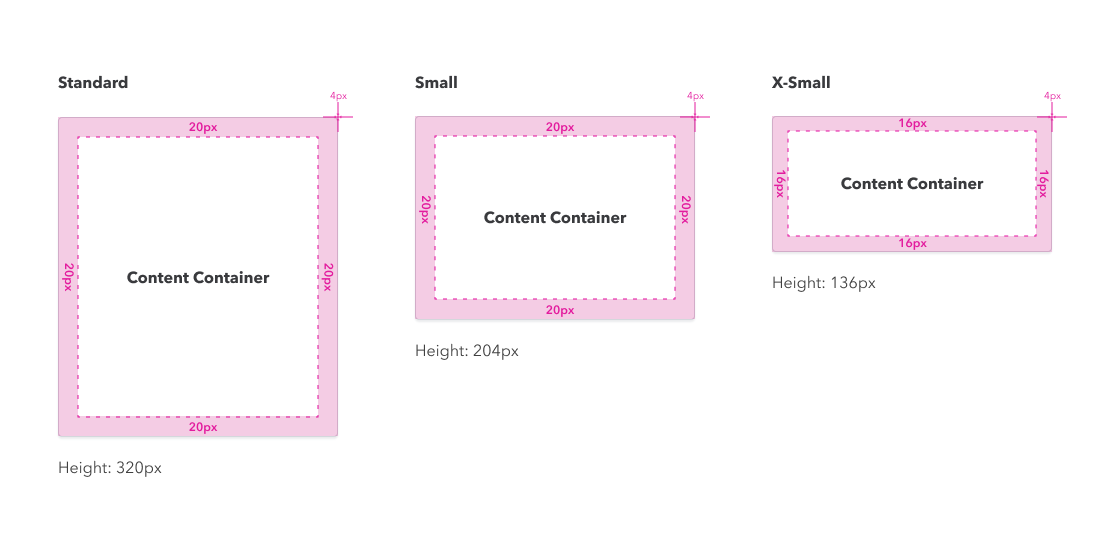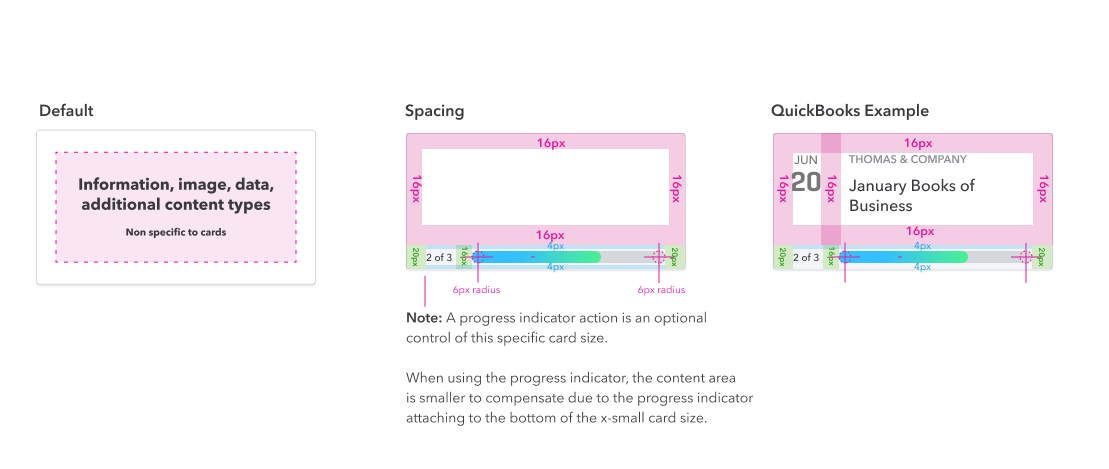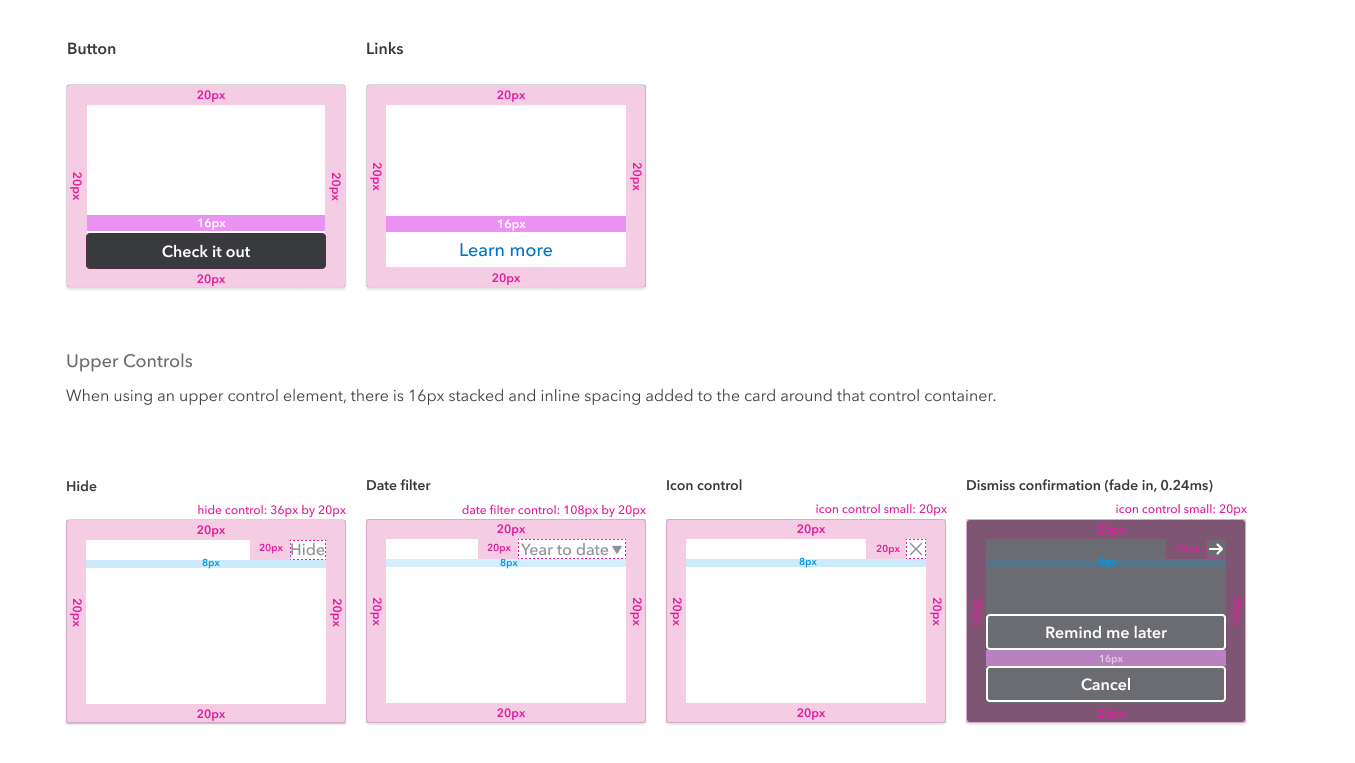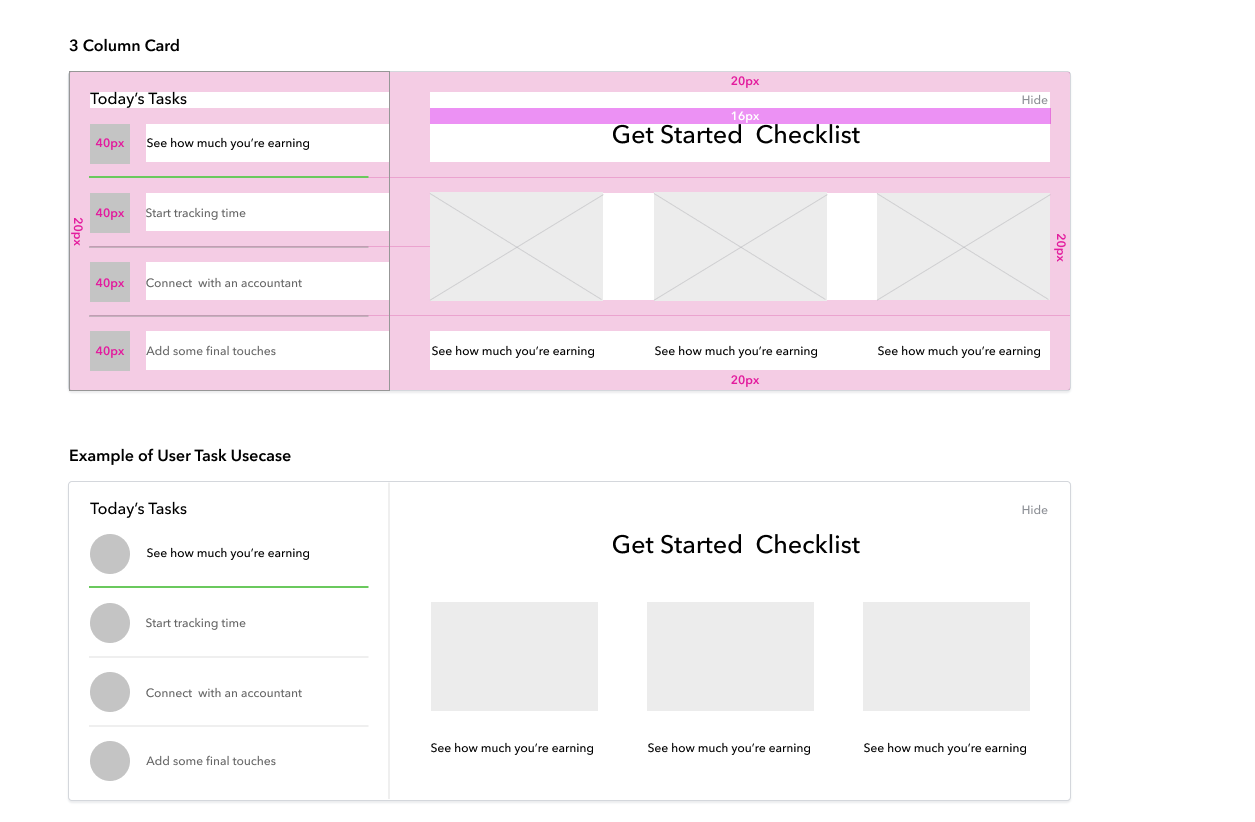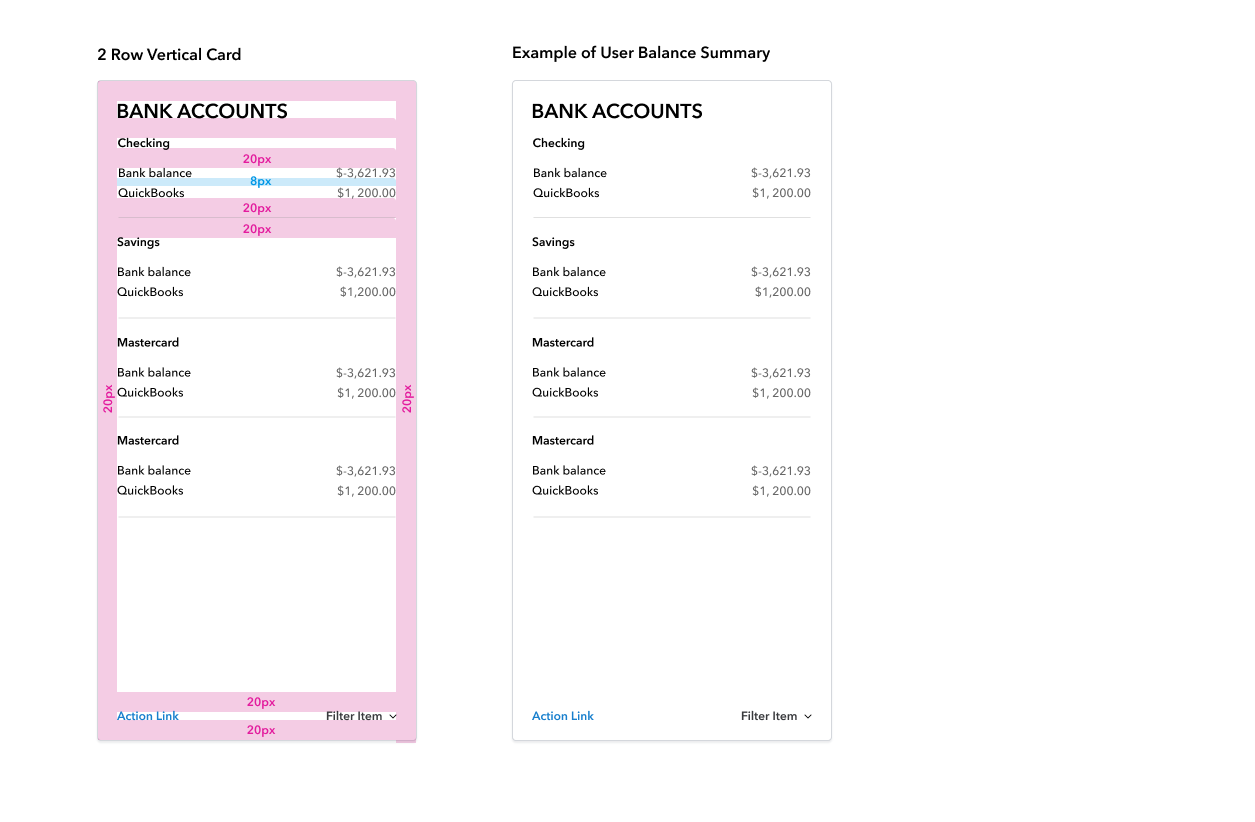Structure the Dasboard
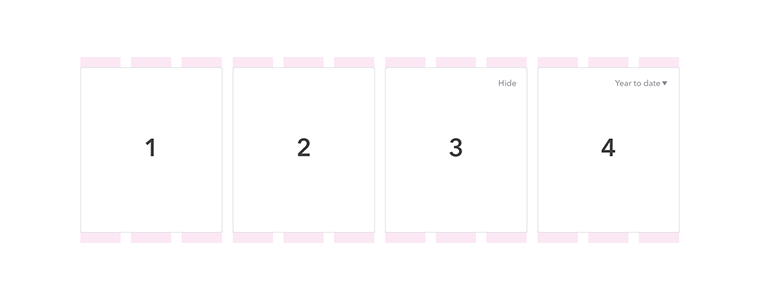
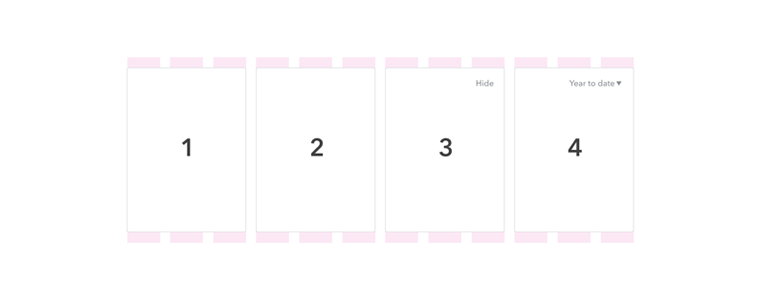
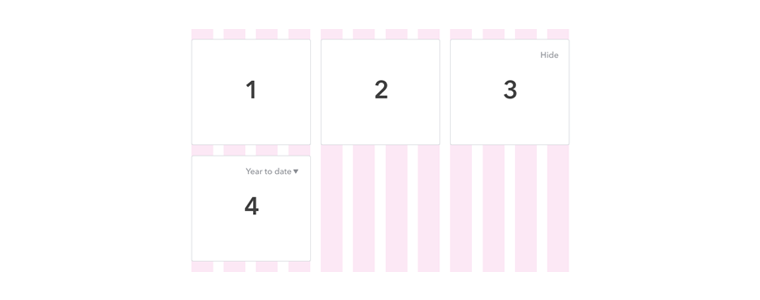
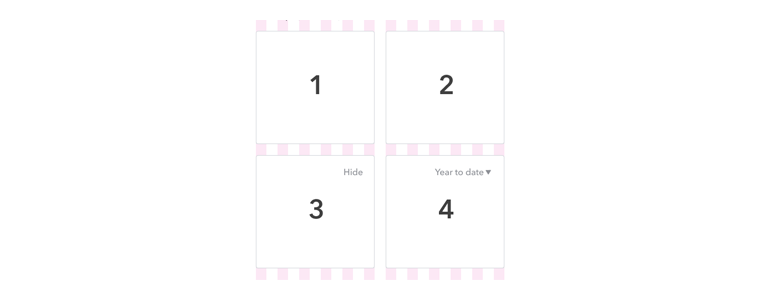
To update not only the existing products visual language and functionality, but to integrate new features and functionality to the Quickbooks line of products. Redesigning the UX + UI meant that I had to be considerate to existing functionality and slowly do iterations and then share in our high-level discussions with leadership about the cost and impact that some of these updates could potentially have
Essentially design a new Quickbooks product from the ground up. Starting with structure of layout and functionality within that structure provided. Getting support from Marketing and sales and making sure we were delivering on our design promise to all our stakeholders. New product features to be intrumented, New visualizations to help communicate the data better, and finally the new Quickbooks brand to create the connective tissue of the product lines.




